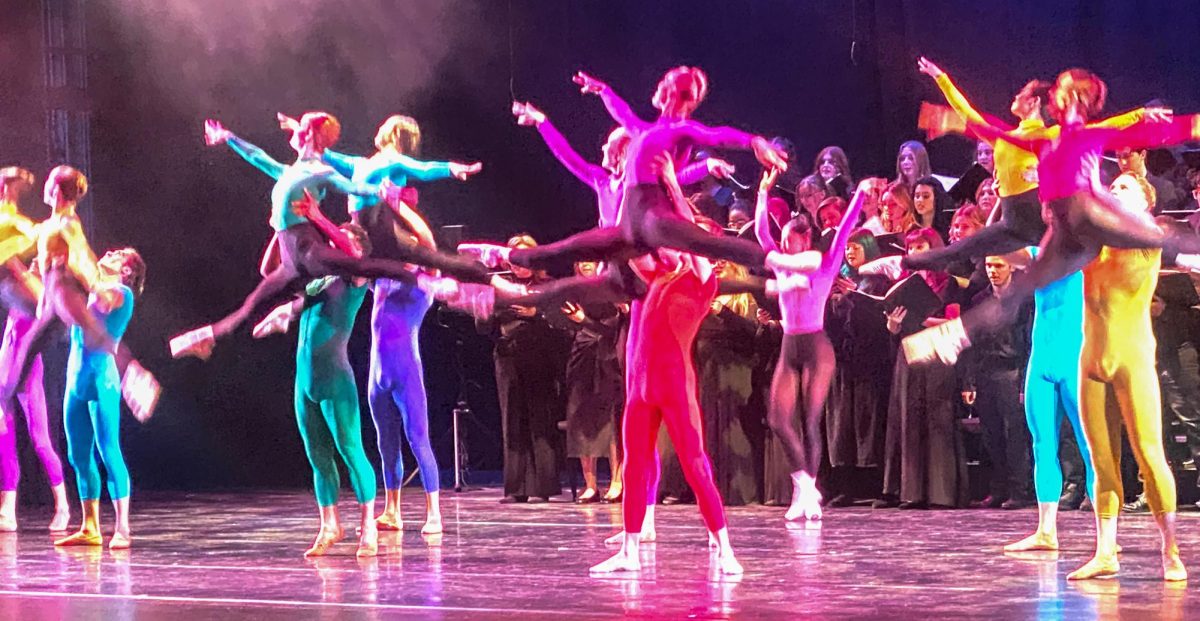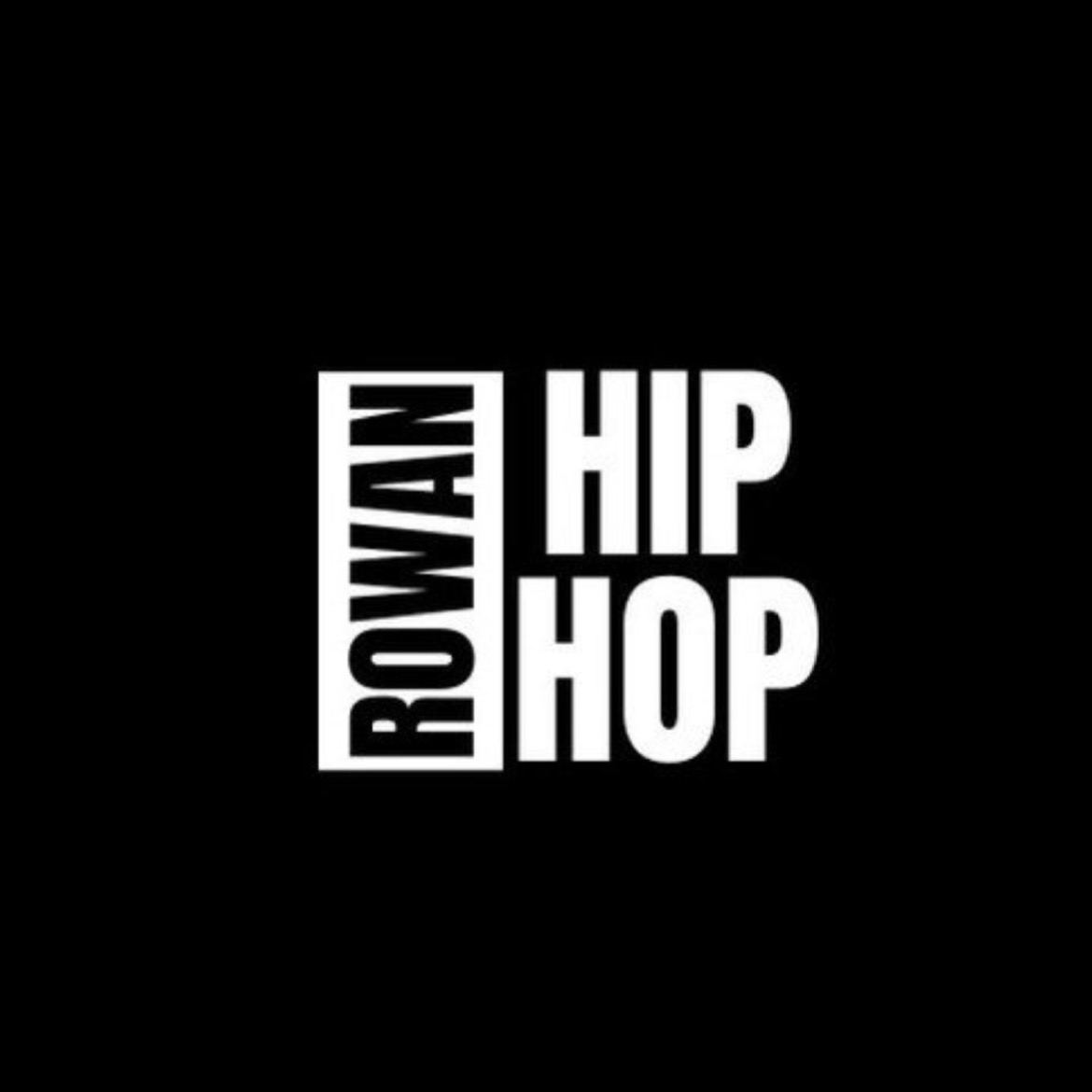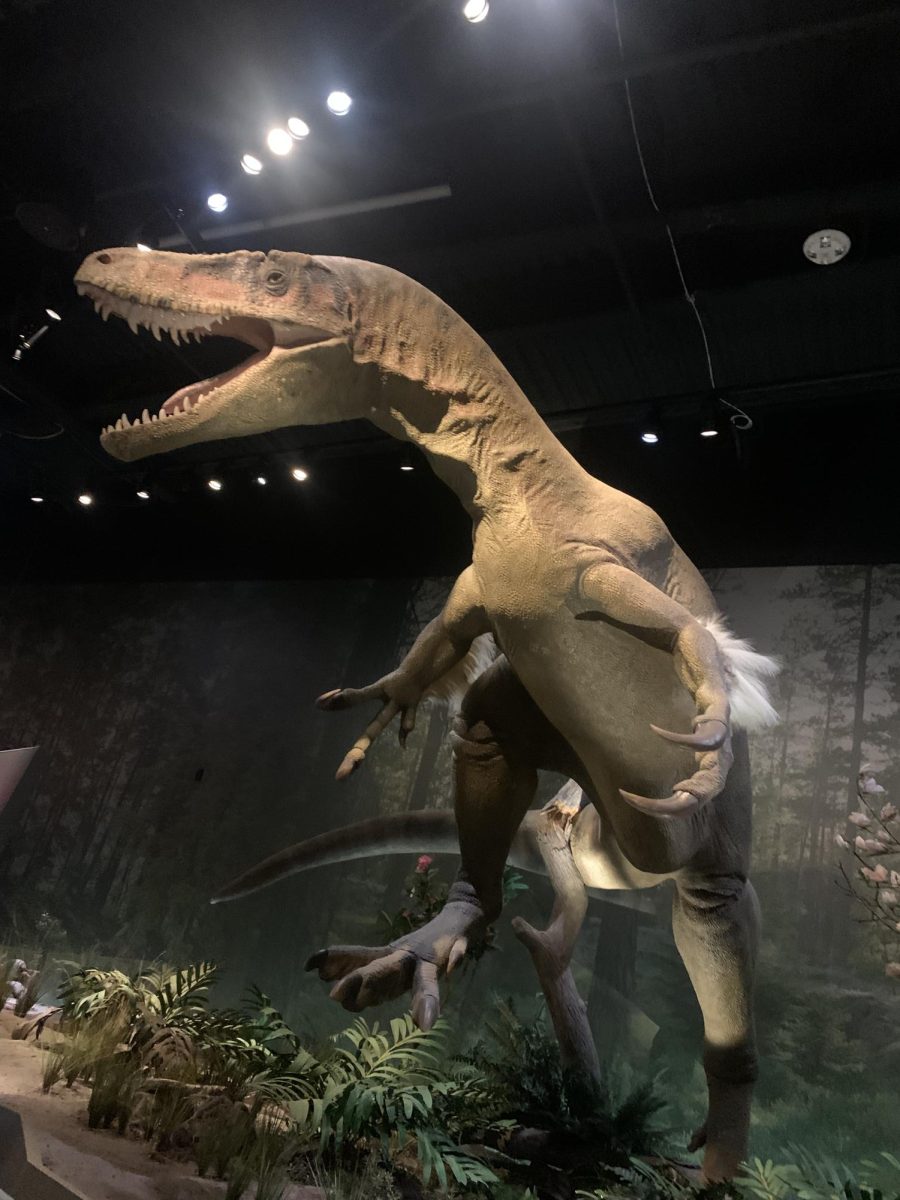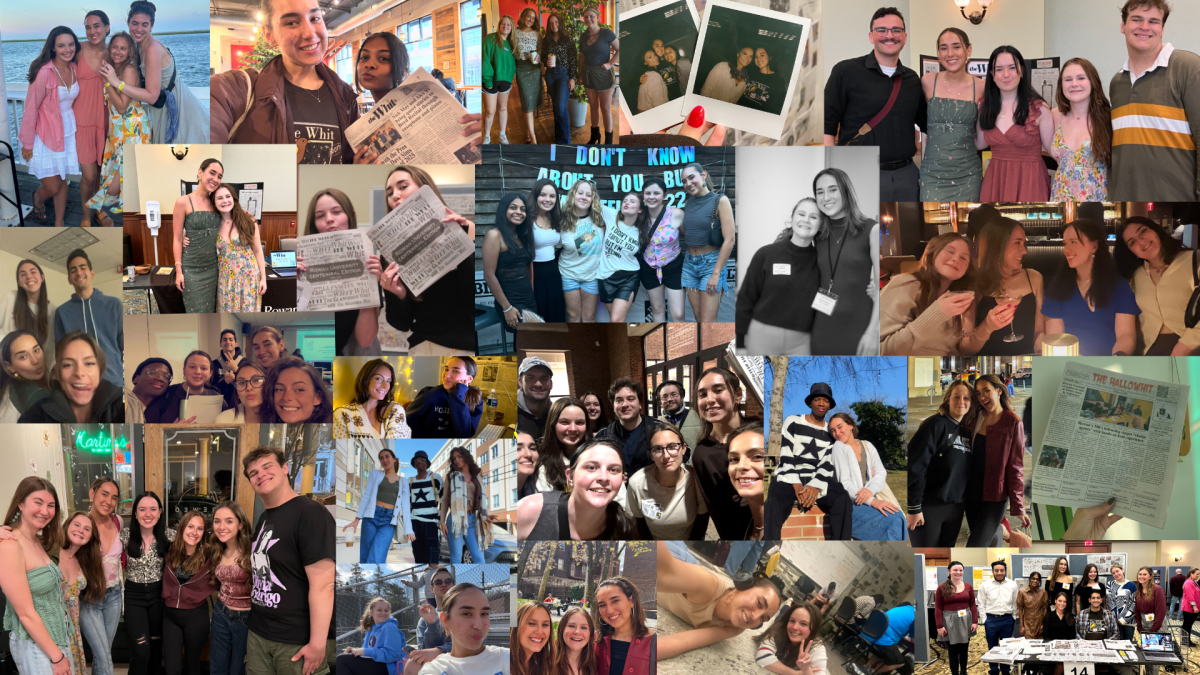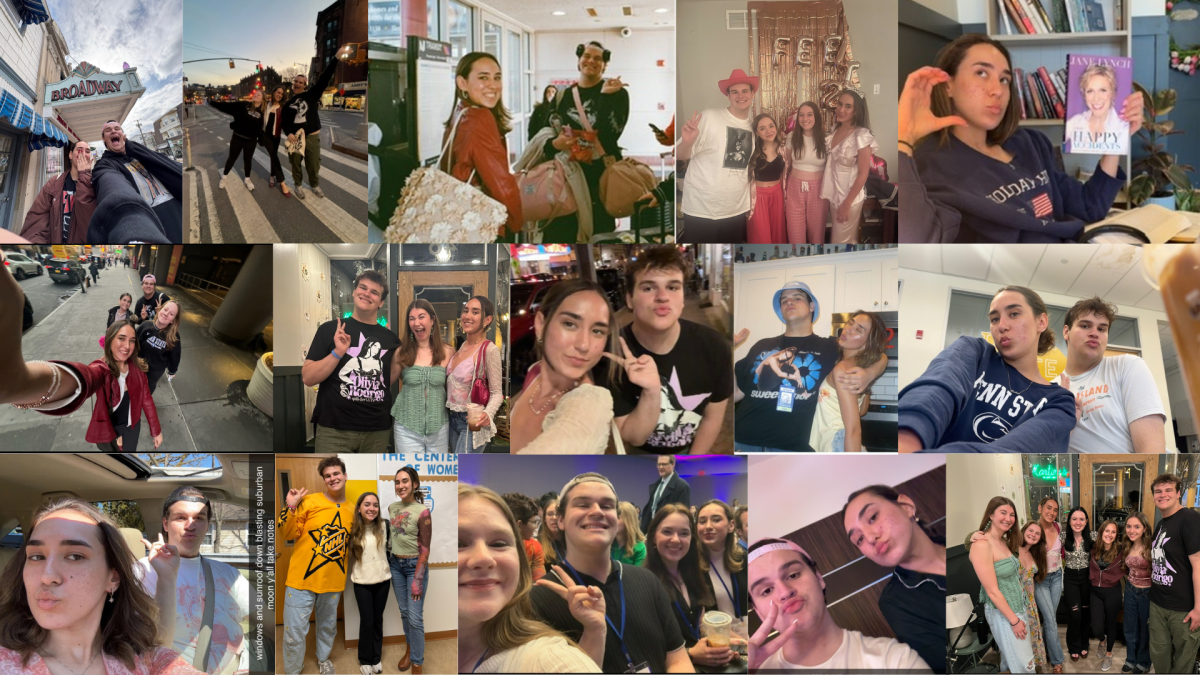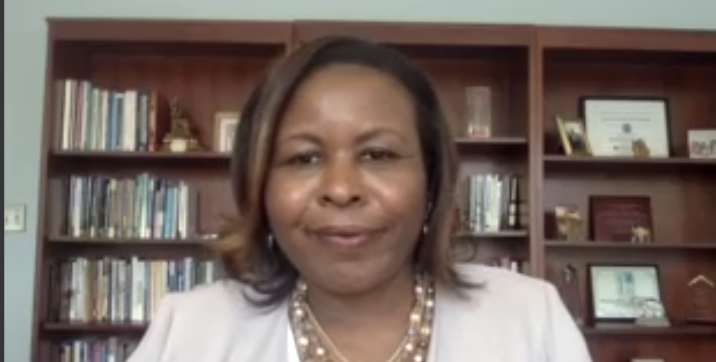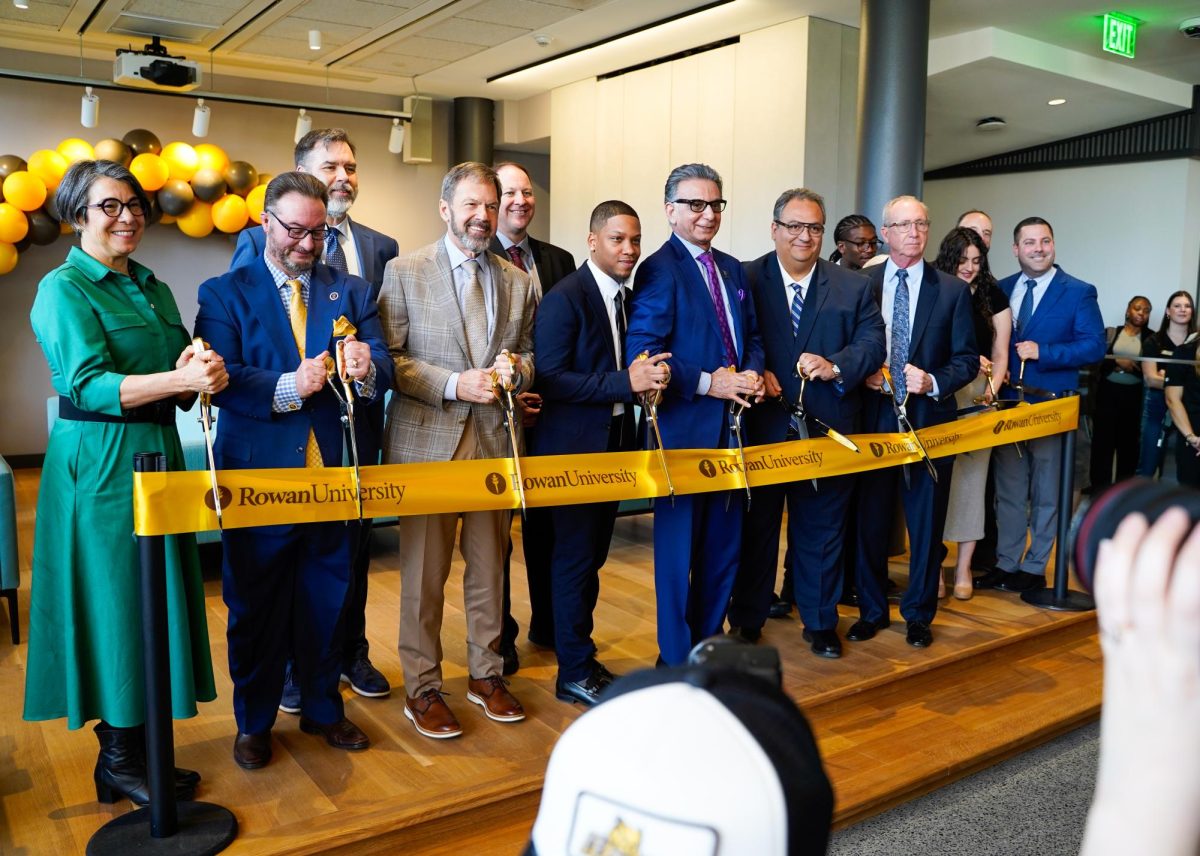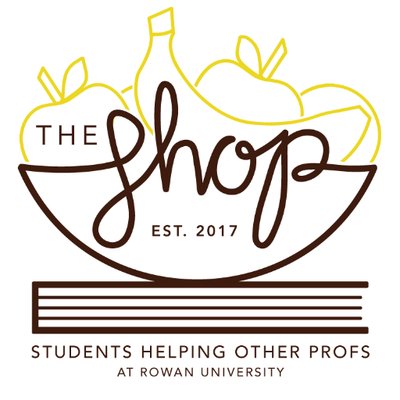Rowan’s Division for Diversity, Equity, and Inclusion (DEI) met with the same department leaders from schools across New Jersey. The event was called “Dreams Will Not Be Deferred,” hosted by Hester Agudosi, the chief diversity officer (CDO) of the New Jersey Office of Diversity and Inclusion.
Agudosi was appointed as the first-ever CDO of New Jersey’s Office of Diversity and Inclusion in 2018, highlighting the recent embrace of diversity departments within power structures. Many of the panelists are inaugural position holders, meaning they are responsible for the launch of DEI divisions in their respective institutions.
“It’s fair to say the term diversity and inclusion nowadays has really taken on kind of a catchphrase. For many, it’s considered to be the flavor of the day, with all the sexiness that is generated by that term. For others, it may invoke very different sentiments,” Agudosi said. “For those of us who are engaged in this work, it truly is a labor of love, effort, and an undertaking that is centered on equity and access.”
At the crux of Agudosi’s sentiment was that diversity is organic, but inclusion is intentional. Agudosi also emphasizes that it begins with leaders who possess a willingness to acknowledge the needs of a community or institution. Dr. David E. Jones, the CDO at William Paterson University, echoed Agudosi’s leadership point.
“William Patterson changed leadership in 2018, which allowed us to put a lot of structures in place to begin the work that needs to be done around diversity, equity, and inclusion. William Paterson is a designated Hispanic-serving institution, so we have a diverse student body. But we weren’t positioning ourselves around thinking about how we are inclusive with that diverse student body,” Jones said.
However, DEI needs more than just a leader’s endorsement; there must be a working relationship to actualize the goals put in place.
“Relationships help drive the work that we do, and partnerships are critical for doing it effectively. With the partnerships I’ve made, we’ve been able to put some key diversity initiatives in play in order to move us forward,” Jones said. “One initiative that has taken off this last year is unconscious bias training. All of our full-time faculty will go through extensive unconscious bias training so they can unlearn some of their bias, so they can be more inclusive in the classroom.”
For a young division of DEI, relationships among many departments lay a solid foundation for growth. This is a daunting task since, for the most part, it’s uncharted territory. Events like this online panel are crucial because they create a support system among departments from across the state. According to Chief Equity, Diversity, and Compliance Officer and Title IX Coordinator Lori Brown of Seton Hall University, these connections were invaluable to her young division.
“In terms of the structure of my office, I came into this role in March of 2020, so we are trying to expand the office. But what I rely on are partnerships with other divisional vice presidents and their direct reports. It’s through that support and mentorship in a new role that you start making these new connections. It’s a way to help me transition into this new role as a diversity officer,” Brown said.
Before a division of DEI can nurture the relationships needed to sustain itself, it must accurately identify its communities’ needs. Monika Shealey, the senior vice president of DEI Leadership at Rowan University, highlighted how she discovered the areas in which Rowan needed improvement.
“We started in 2019, at the time I was serving as the dean of the College of Education here at Rowan. We didn’t have a senior diversity officer or a division of diversity, equity, and inclusion. We had stories of success all over campus but no structure to coordinate our efforts,” Shealey said. “We launched a listening tour, which spanned three campuses in Stratford, Camden, and here in Glassboro. We had focus group sessions followed by interviews. Out of the data, we determined our strategic priorities.”
Dr. Valerie Hayes, the chief officer for diversity and inclusion at Stockton University, shared a different method she used to identify the needs of her university.
“I used the INSIGHT Into Diversity magazine’s Higher Education Excellence in Diversity award (HEED) to help me discover all of the pieces Stockton was missing. That helped to guide me when we didn’t get the award in 2015. However, we did in 2016, 2017 and 2018,” Hayes said. “We were following the best practices of institutions across the country in trying to address diversity and inclusion efforts. It also guided me on how to co-chair our community on campus diversity and inclusive excellence.”
A panel discussion like this results from substantial work done by diversity officers across the state. Many of the panelists reflected on the fact that when they first started, this infrastructure was missing. As divisions of DEI mature into their place among power structures, this connection will be critical.
For comments/questions about this story, email [email protected] or tweet @TheWhitOnline.

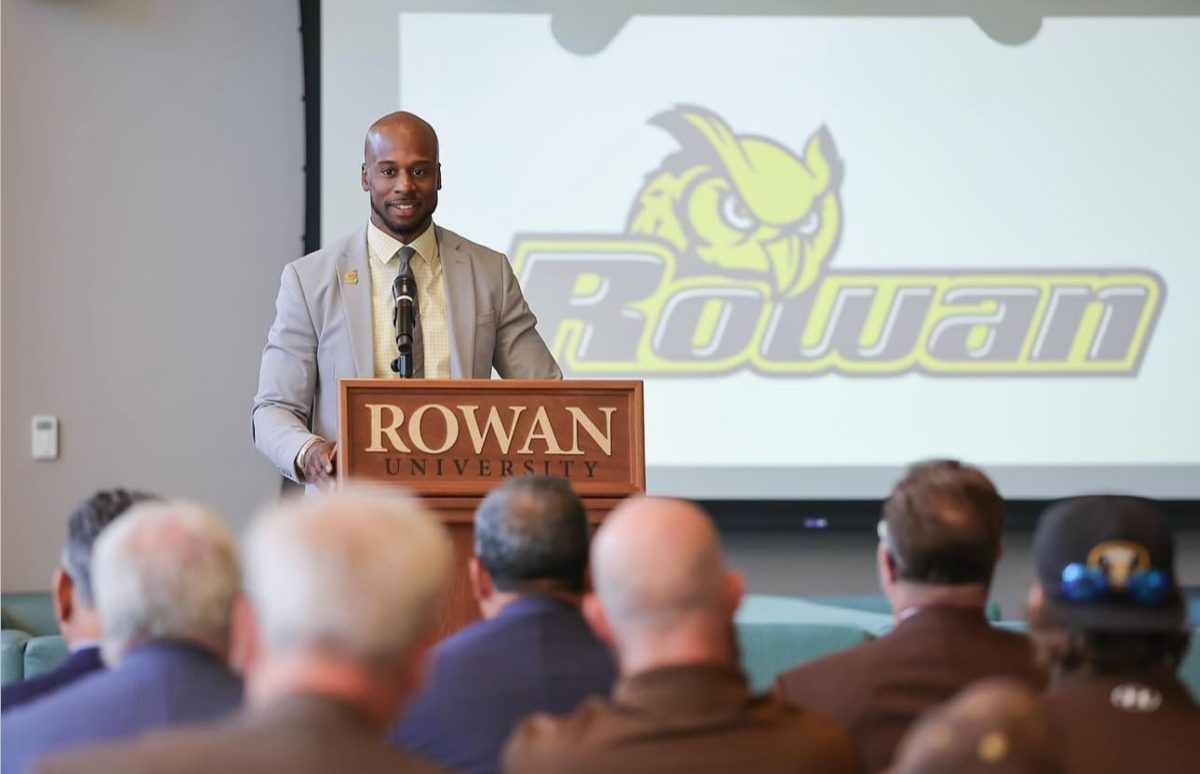

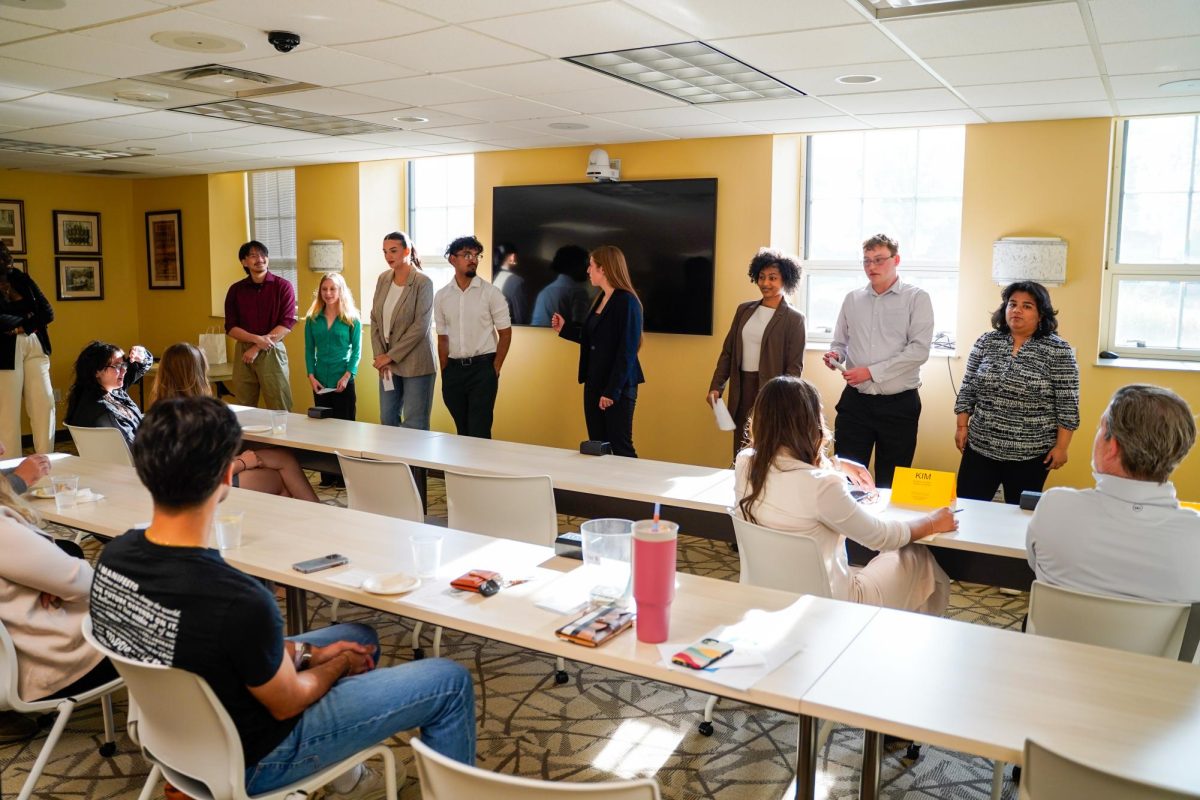
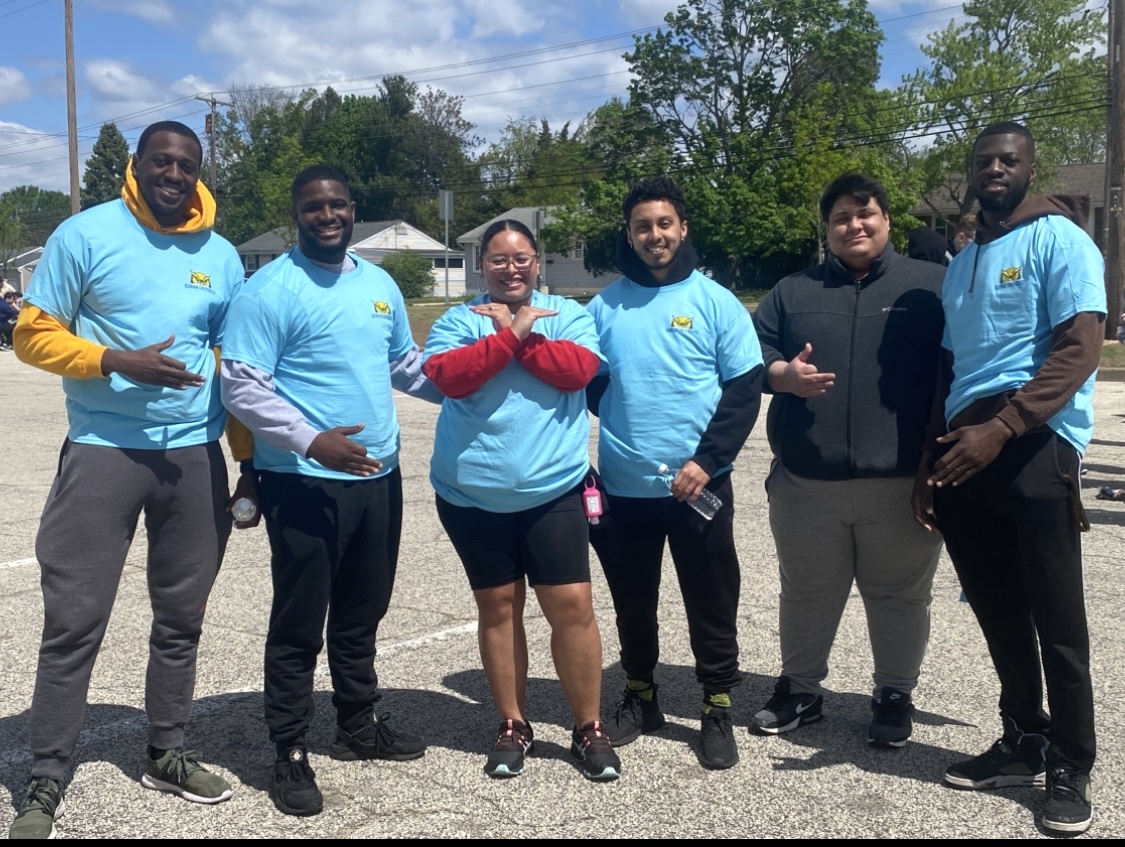


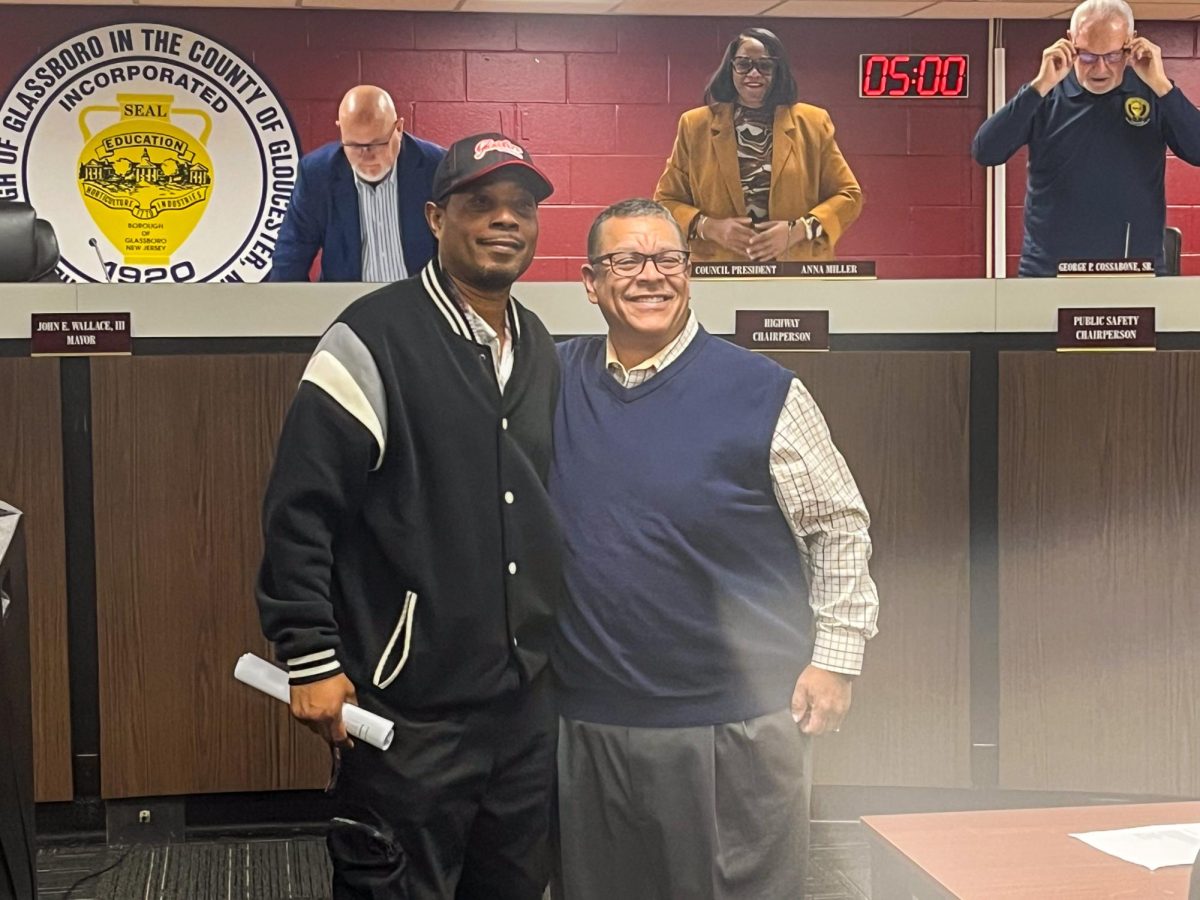












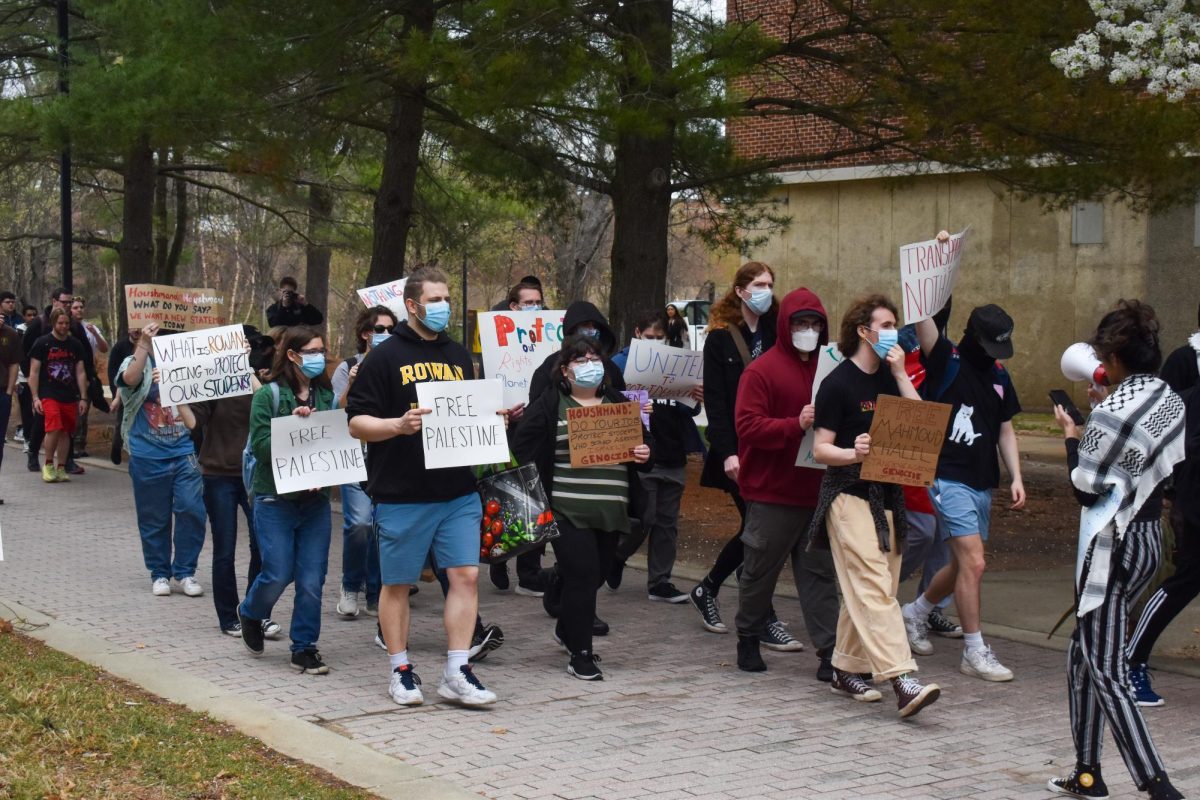












































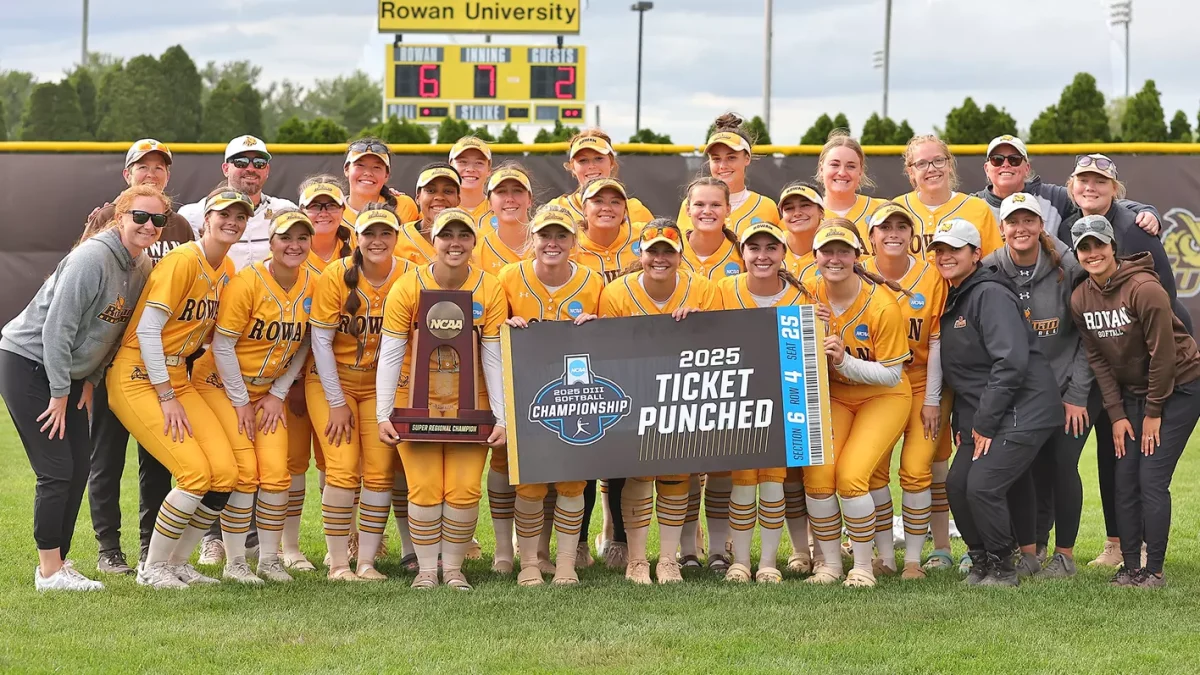
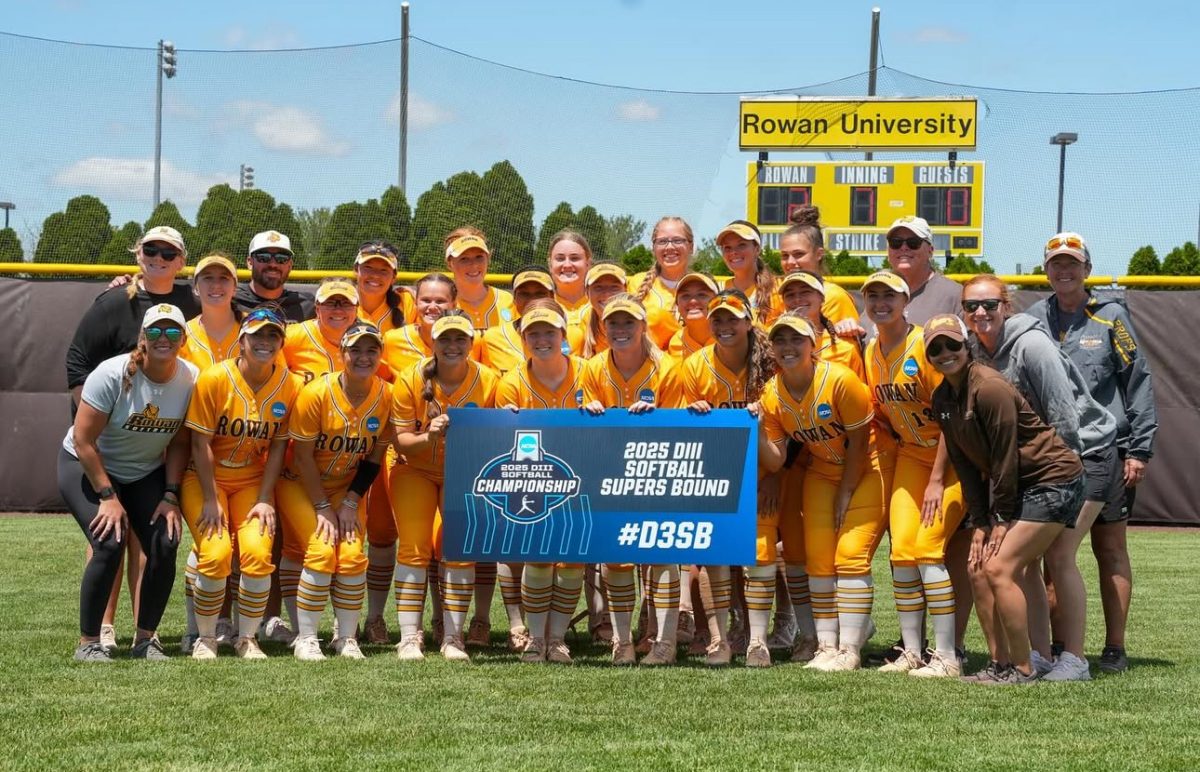


















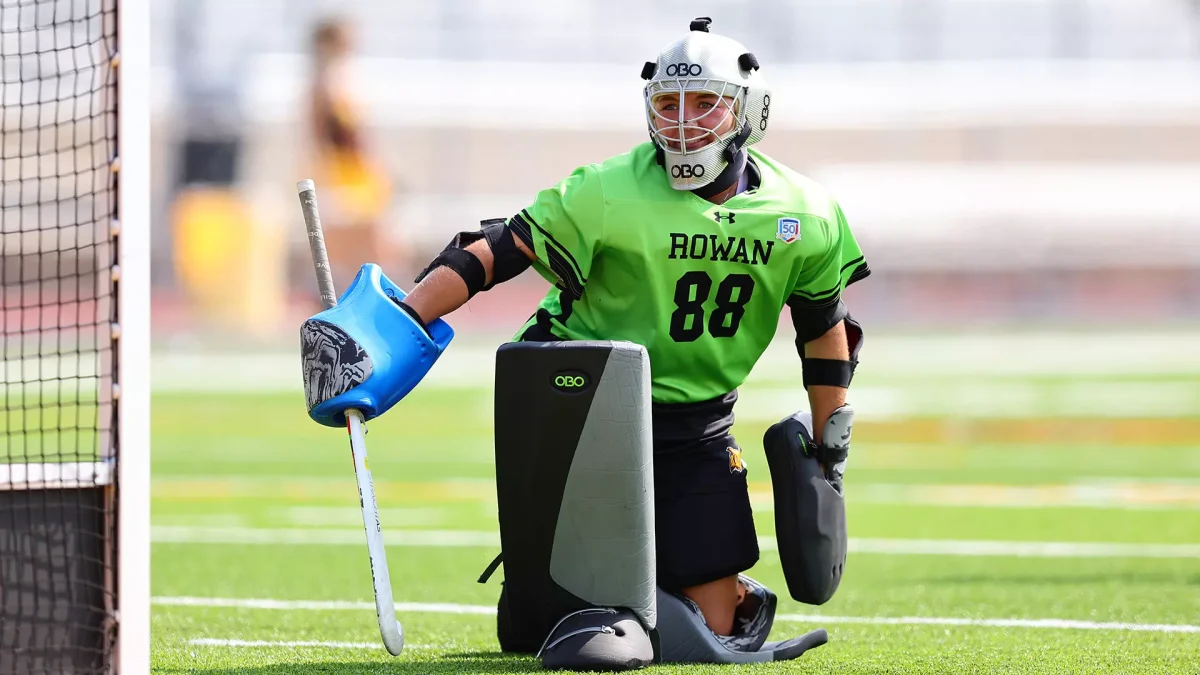










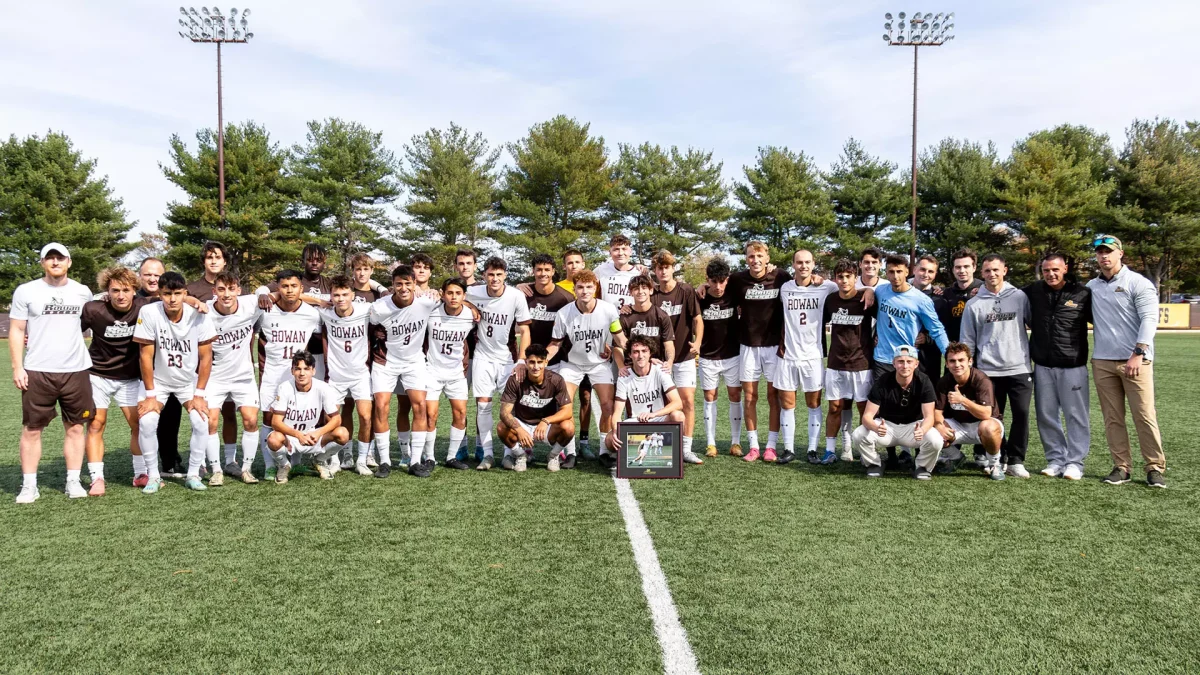

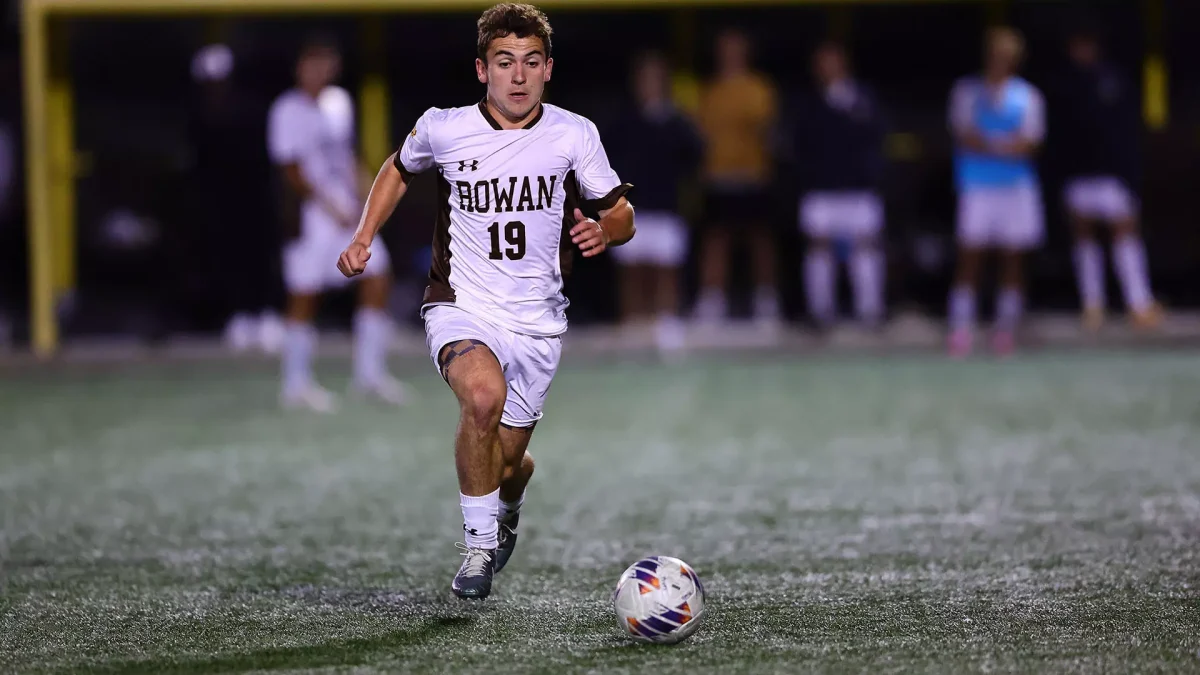



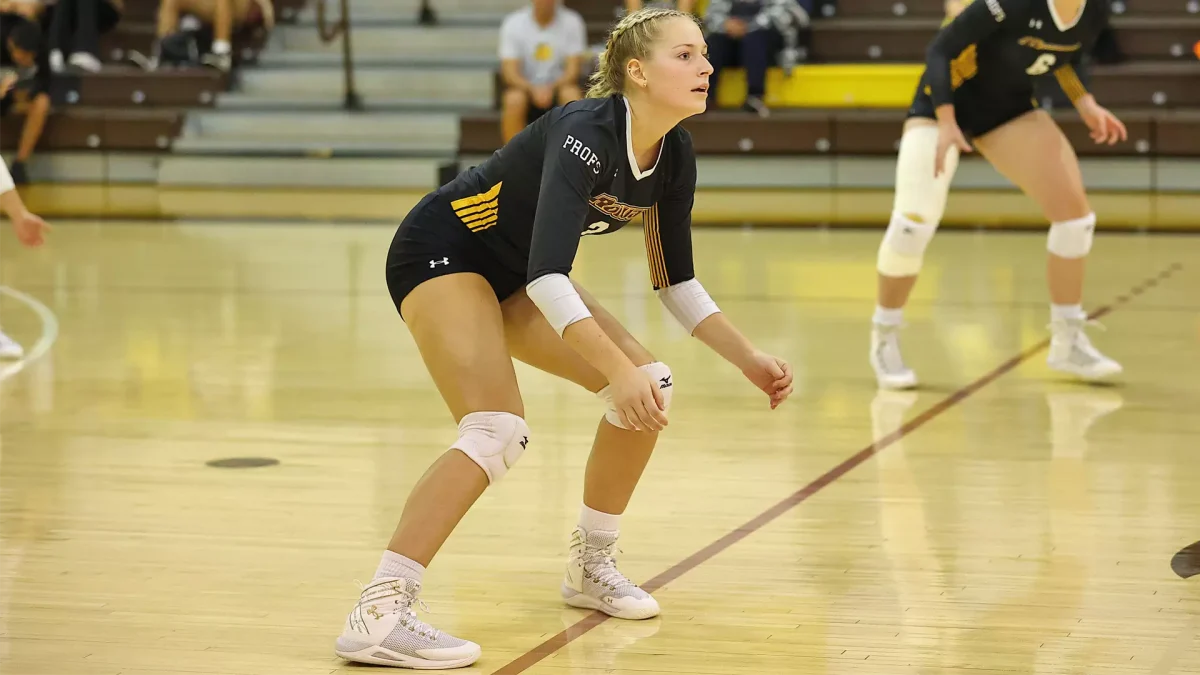








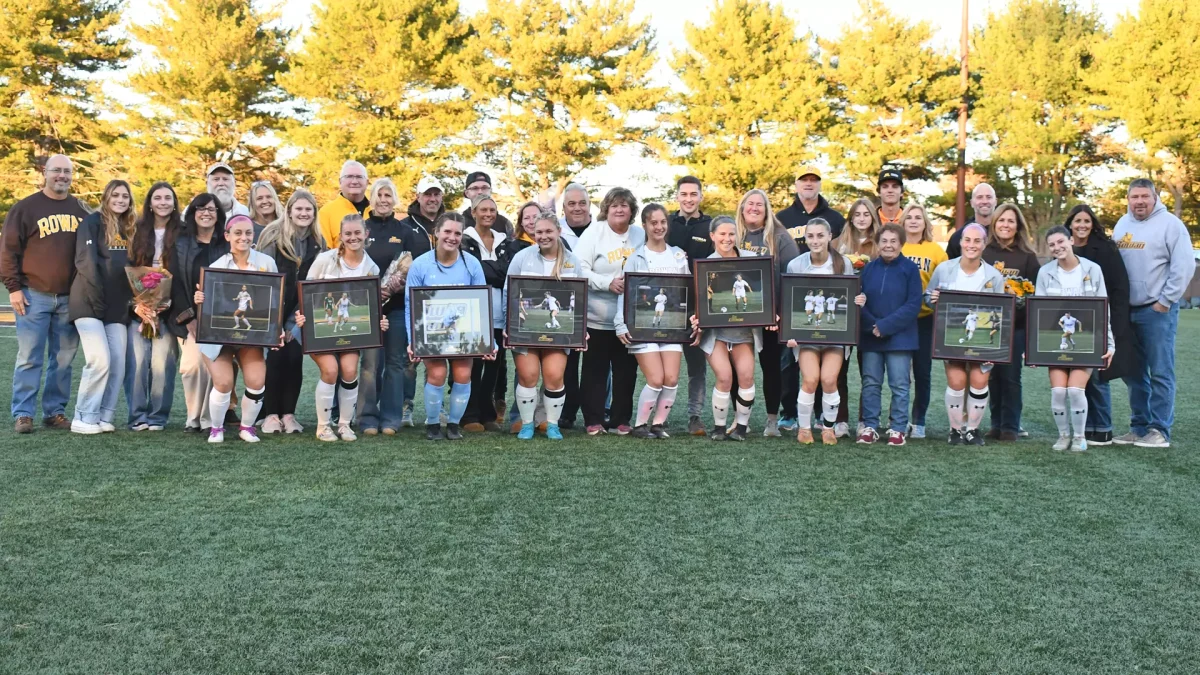
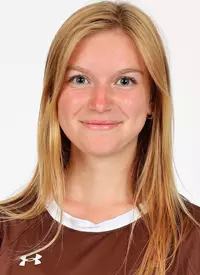















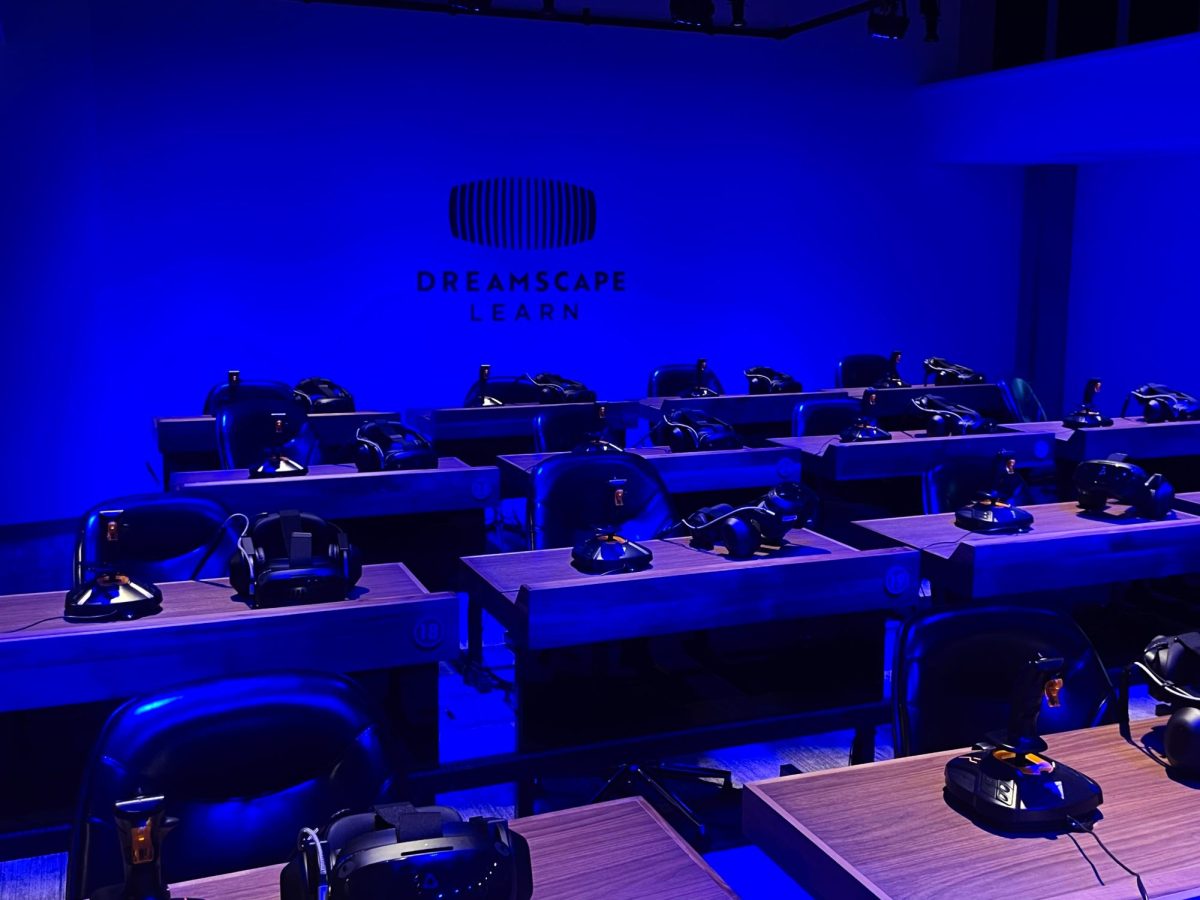
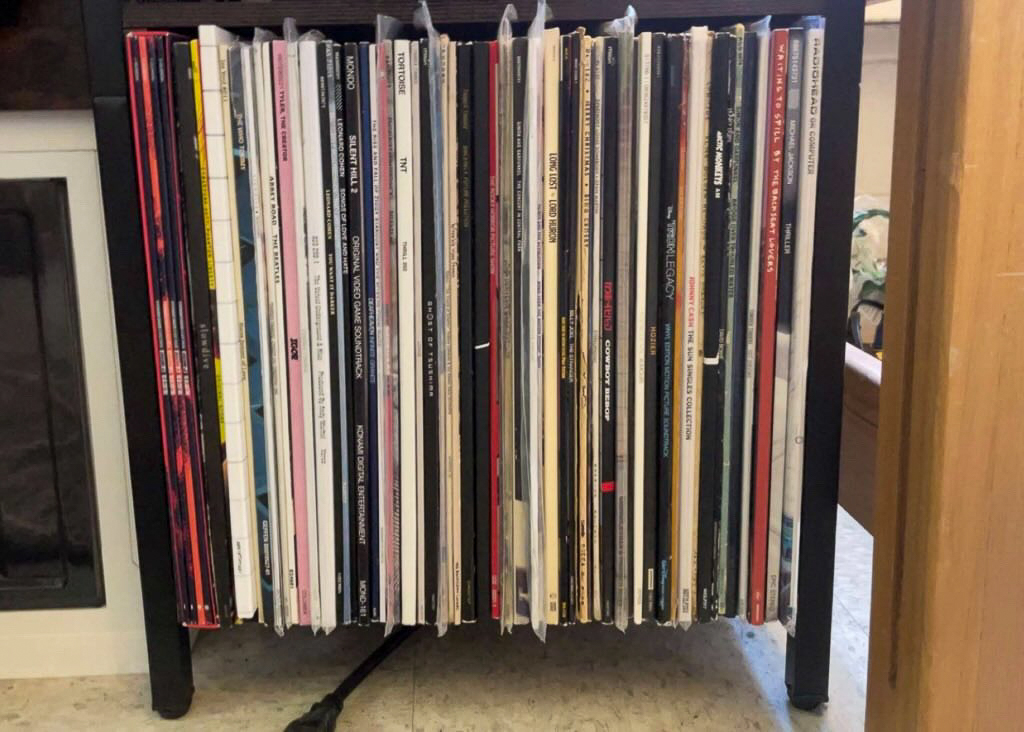























!["Working with [Dr. Lynch] is always a learning experience for me. She is a treasure,” said Thomas. - Staff Writer / Kacie Scibilia](https://thewhitonline.com/wp-content/uploads/2025/04/choir-1-1200x694.jpg)

